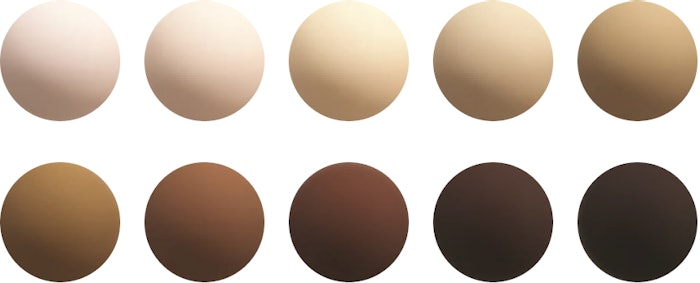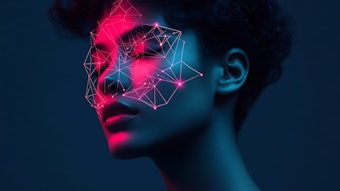According to a recent paper in the Journal of the American Academy of Dermatology, despite growing emphasis on diversity and digital accuracy in dermatology, skin tone classification largely relies on the Fitzpatrick Skin Phototype (FST) scale — and as the authors explain, this tool was originally created to measure photoreactivity rather than pigment phenotype.
This article is only available to registered users.
Log In to View the Full Article
According to a recent paper in the Journal of the American Academy of Dermatology, despite growing emphasis on diversity and digital accuracy in dermatology, skin tone classification largely relies on the Fitzpatrick Skin Phototype (FST) scale — and as the authors explain, this tool was originally created to measure photoreactivity rather than pigment phenotype.
Monk Skin Tone to Expand the Spectrum
While the FST was expanded from 4 to 6 categories, it remains insufficiently granular, the researchers report, particularly for representing darker skin tones, and is often misapplied as a stand-in for race.
As an alternative, they present the Monk Skin Tone (MST) scale, which was developed by sociologist Ellis Monk and adopted by Google for artificial intelligence applications. It introduces a more inclusive, 10-tone visual system.
Separating Skin Tone from Race and UV
Unlike FST, the authors write, MST explicitly separates skin tone from race and UV sensitivity. It has become the standard in fields such as photography, AI and computer vision — yet it remains underutilized in dermatology, where visual assessment is core to diagnosis and education.
Integrating MST could improve representation, data quality and equity in both research and clinical practice, according to the authors.
Granularity and Usability
The authors note that other skin tone scales and tools exist but fall short.
- The von Luschan or Munsell scales, which are described as highly granular, are challenged by reproducibility and complexity.
- Objective tools like the Individual Typology Angle require specialized spectrophotometry equipment, and
- The Pantone SkinTone Guide and Taylor hyperpigmentation scale serve cosmetic or condition-specific roles but lack MST’s generalizability.
"MST offers pragmatic tonal granularity, particularly for darker skin tones, while maintaining usability," the authors write. "By balancing visual fidelity with accessibility, MST offers a versatile framework suited to clinical dermatology, educational repositories and machine learning applications," they conclude.











